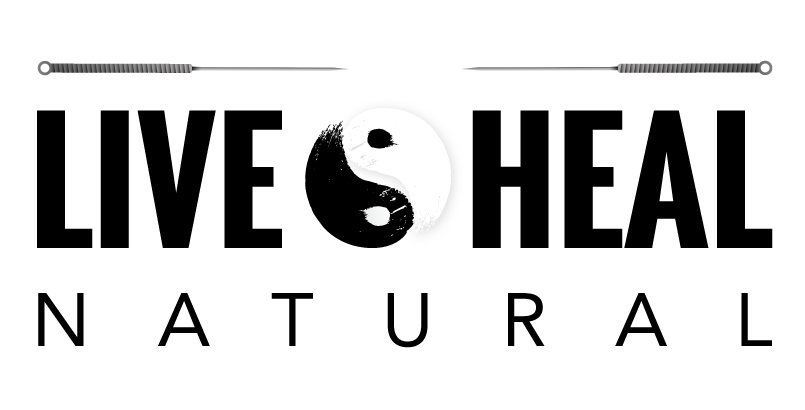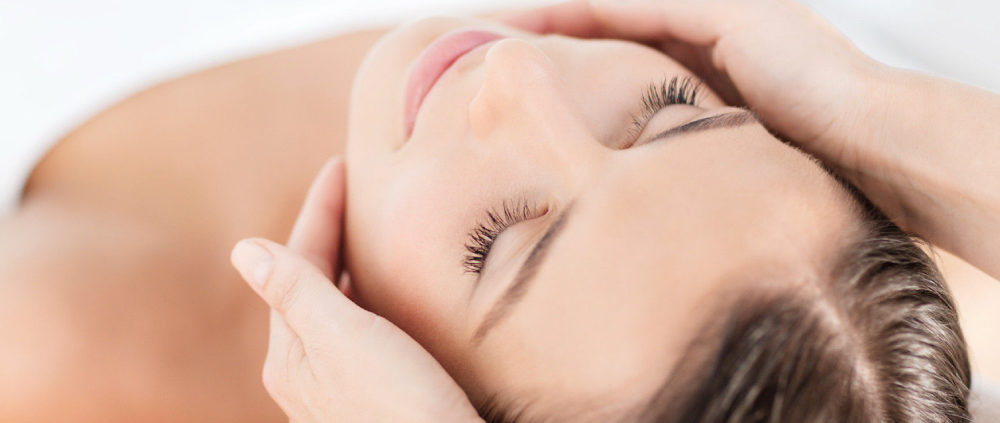Headaches
In acupuncture/TCM, there are 4 common causes for headaches:
- Wind Invasion: With wind invasion, the flow of Qi is sluggish within the meridians and the headache has irregular manifestations. The pain comes and goes, the types of pain vary, it could feel like stabbing, pressure/distention, or pulsation/jumping pain. It happens often when a person goes out in a cold and windy weather with a wet head (sweating from exercising or washing hair).
- Liver Yang Rising: The organ liver controls the anger emotion and constant anger/stress can cause headaches. This type of headache often happens on the top of the head or the upper part of the head. It often comes with dizziness, red face, sometimes ringing in the ears.
- Qi/Blood Deficiency: Qi/Blood deficiency means a weak bodily constitution. This type of headache is often consistent, the level of pain is low. At the same time, the person often experiences fatigue as well.
- Blood Stasis: Blood stasis is often a result of physical trauma. The pain is often with a fixed location, The level and types of pain vary.
- (Migraine headache is called Shao-yang headache (lesser yang headache), because the Shao-yang meridian passes the side of the head. Any of the above 4 causes can result in migraine headache, so there isn’t a universal treatment approach for migraine in acupuncture)
Treatments:
Wind Invasion: The purpose is to restore the smooth flow of Qi and the points selected depend on the location of the pain.
- Pain on the top of the head: Du20, UB7, Liv2
- Pain on the forehead: St8, Li4
- Pain on the side of the head: Tai Yang, GB43
- Pain on the back of the head: UB10, UB60

York. England. 06.08.13. Chinese Acupuncture Chart – Acupuncture is a system of complementary medicine that involves pricking the skin or tissues with needles, used to alleviate pain and to treat various physical, mental, and emotional conditions.
太阳 Tai Yang
百会 Bai Hui
Liver Yang Rising: The purpose is to calm the liver and anchor Yang. Point selections are GB20, Liv2, Liv3, Du20
行间 Xing Jian
太冲 Tai Chong
Qi/Blood Deficiency: The purpose is to tonify/reinforce Qi and Blood. Point selection includes UB18, UB23, ST36, Ren6
足三里 Zu San Li
肾腧 Shen Shu
Blood Stasis: The purpose is to remove the stasis. Points selection often does not follow the meridians, instead needles are inserted where the pain is.
As you can see, acupuncture treats headaches by following the meridian theory. Points selected are not only on the head, but all over the body.
Below are links of modern studies and researches of acupuncture treating headaches.
https://insights.ovid.com/pubmed?pmid=19020156
https://www.sciencedirect.com/science/article/pii/S2005290117300614?via%3Dihub



